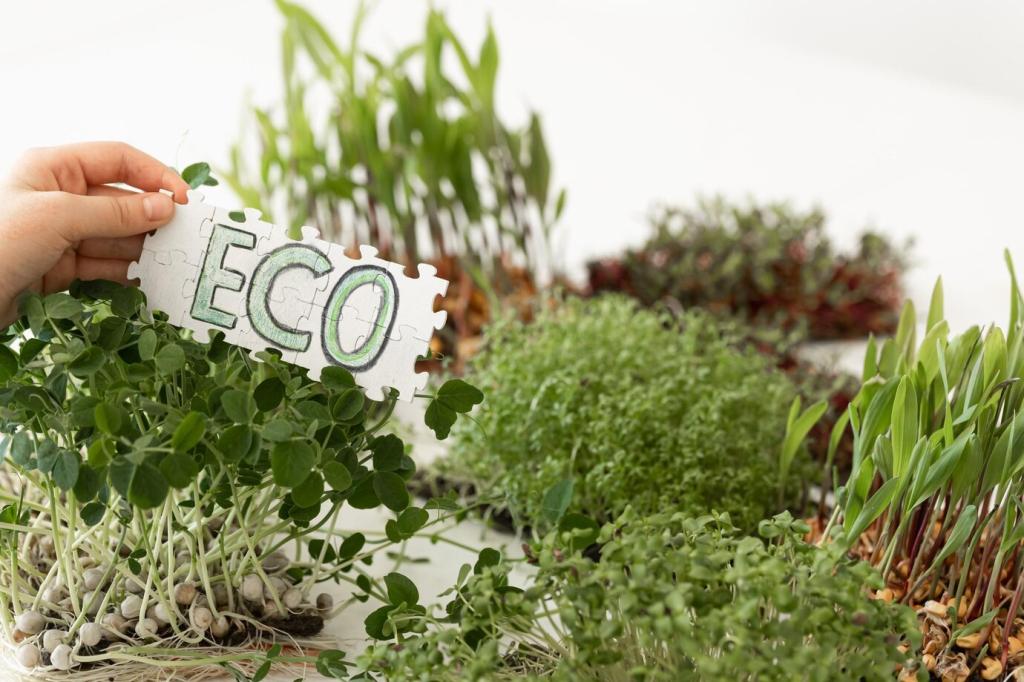Citizen Apps and Gamified Sorting: Changing Habits at Scale
Apps that scan barcodes or images decode local rules instantly, turning confusion into confident recycling. Residents see tailored instructions for their address, reducing contamination. The clarity feels empowering, and complaint lines quiet down as fewer wrong items land in blue carts.
Citizen Apps and Gamified Sorting: Changing Habits at Scale
Leaderboards and rewards nudge friendly competition between blocks or buildings. When contamination drops, communities celebrate together—sometimes with tiny grants for shared gardens or tool libraries. Tell us what would motivate your neighbors, and we’ll design a challenge worth cheering about.




